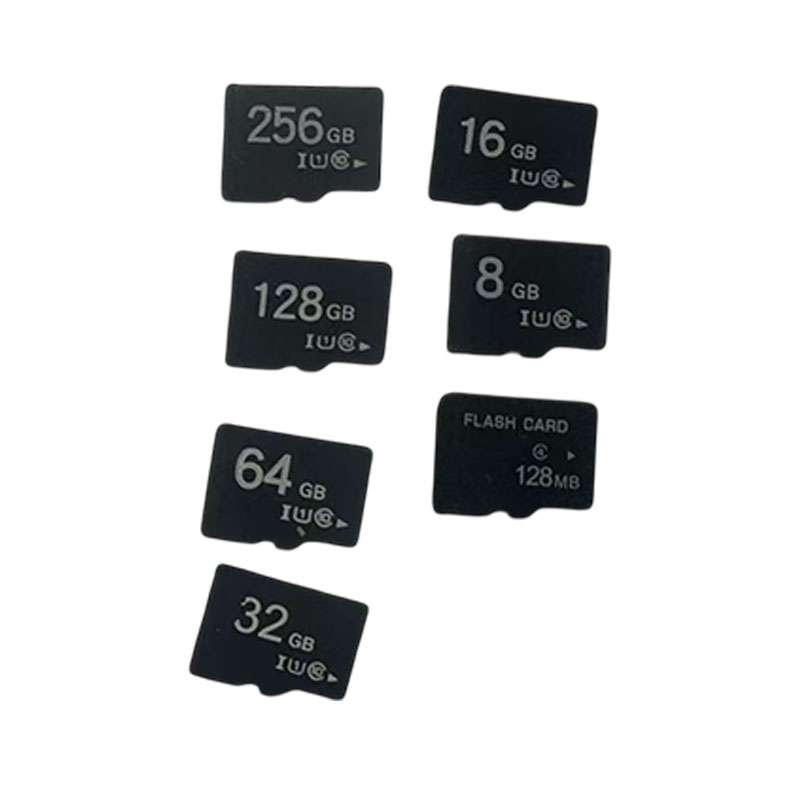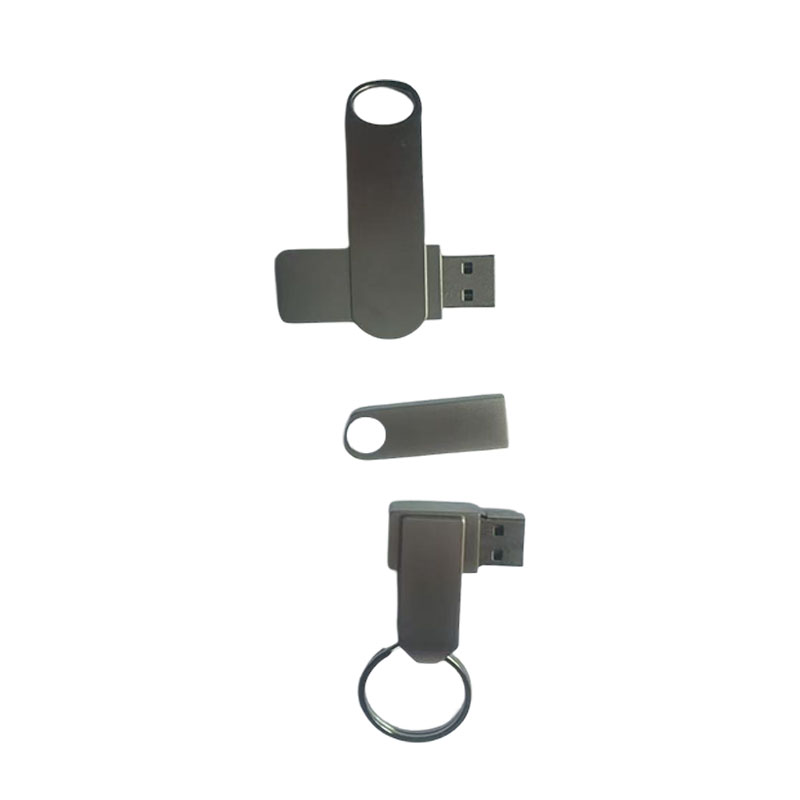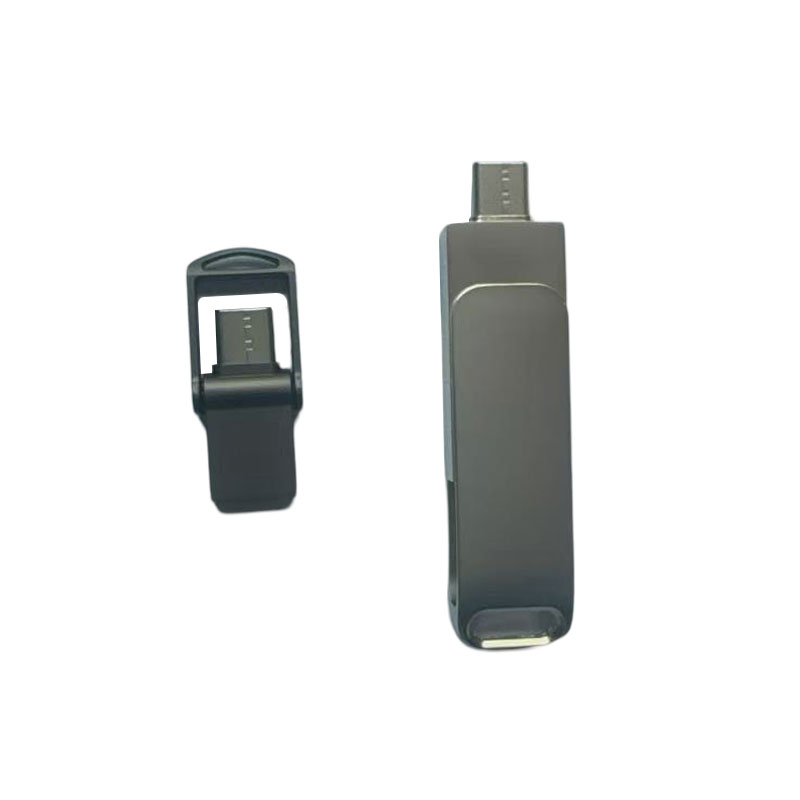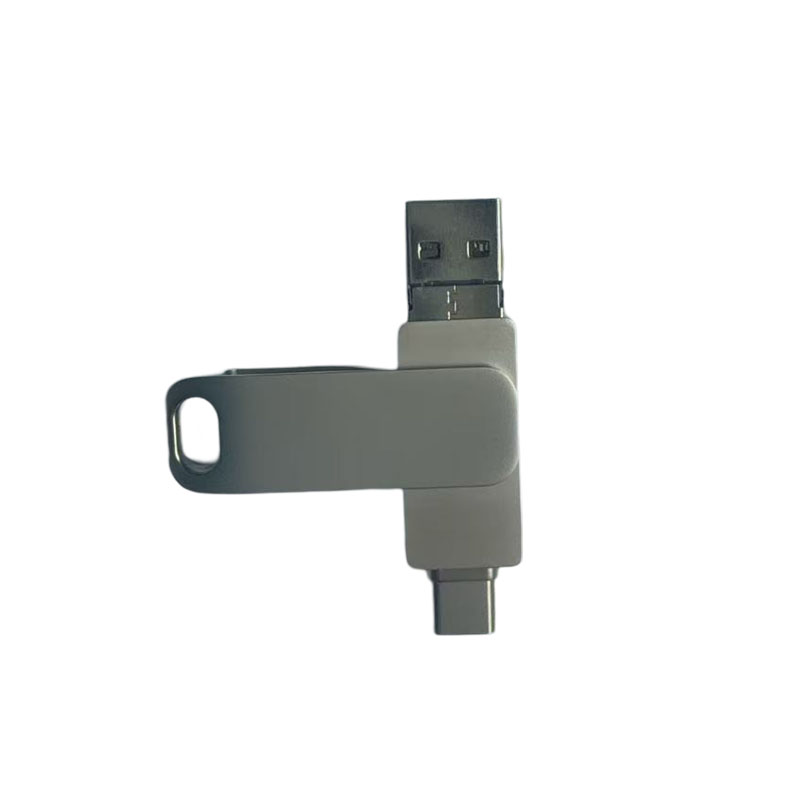How can the waterproof and dustproof protection level design of USB dual-use interface USB flash drive cope with complex usage environments?
Release Time : 2025-05-20
To cope with complex environments, the shell material of USB dual-use interface USB flash drive is the basis of protection. Usually, high-strength and well-sealed engineering plastics such as polycarbonate (PC) or nylon (PA) are selected. These materials are not only resistant to falling and wear, but also effectively resist the intrusion of dust and water vapor. For metal shells, special anodizing or sandblasting processes will be used to improve the texture while preventing metal gaps from becoming infiltration channels for dust and moisture. At the same time, the material of the interface part must take into account flexibility and durability to ensure that there is no physical damage during the plug-in and unplug process and maintain the protective performance.
Optimizing the overall structure of the USB flash drive is the key to improving protection capabilities. The integrated molding process is used to reduce the gaps in the shell splicing and reduce the risk of dust and moisture entering. The internal circuit board fits tightly with the shell, and a special fixing method is used to avoid gaps caused by shaking. For the design of Type-A and Type-C dual interfaces, the structure will be optimized to make the two interface parts seamlessly connected, prevent foreign matter from entering the device from the interface connection, and block the damage of complex environmental factors to the USB flash drive from the root.
Sealing technology plays a core role in waterproof and dustproof design. The interface of the USB flash drive is usually equipped with a sealing plug made of silicone or rubber. When not in use, the sealing plug can completely cover the interface to form a physical barrier to block dust and moisture. In addition, waterproof sealant or sealing rings are applied to the joints of the shell, buttons and other active parts to ensure that the entire device is seamlessly sealed. These sealing components must not only have good elasticity and weather resistance, but also be tightly combined with the USB flash drive shell to ensure that the sealing performance does not decrease in extreme environments such as high temperature, low temperature, and humidity.
To ensure that the protection design is effective, the USB dual-use interface USB flash drive must be designed and tested in accordance with international protection standards (IP rating). According to the needs of different usage scenarios, select an appropriate protection level. For example, if the IP64 standard is achieved in daily use scenarios, dust and splash protection requirements can be met; for products designed for harsh outdoor environments, higher IP67 or even IP68 standards must be achieved to achieve long-term immersion in water and deep dustproof. During the product development stage, multiple tests such as simulated sand and dust, water mist spray, and immersion will be conducted to verify whether the protection performance meets the standards and ensure stable operation in complex environments.
In the face of accidental immersion, drainage design can help improve the protection ability of the USB flash drive. Without affecting the sealing performance, the USB flash drive shell will reserve tiny drainage holes or drainage channels. When water accidentally enters, it can be discharged in time to reduce the risk of damage to the internal circuit. At the same time, breathable design is also an important part. By installing a waterproof and breathable membrane, the air pressure inside and outside the USB flash drive is balanced to prevent the sealing structure from failing due to the pressure difference. The breathable membrane can block moisture and dust to ensure the normal operation of the device in environments such as altitude changes and sudden temperature changes.
When pursuing a high level of protection, the durability and ease of use of the USB flash drive must be taken into account. An overly complex protection structure may increase the size and weight of the USB flash drive, affecting portability; frequent plugging and unplugging may also cause wear of the sealing components and reduce the protection performance. Therefore, during the design process, the service life of the sealing component will be extended by optimizing the plug-in and unplugging structure of the sealing plug and selecting wear-resistant materials. At the same time, under the premise of ensuring the protection effect, simplify the operation process to ensure that users can use it easily and achieve a balance between protection and practicality.
In order to cope with the ever-changing complex environment requirements, the protection design of USB dual-use interface USB flash drive needs to be continuously optimized. Manufacturers will collect user feedback in different scenarios and improve the design based on the problems found. For example, according to the feedback from outdoor workers, the protection ability of USB flash drives in high temperature, high humidity, and strong sand and dust environments is strengthened; according to the needs of sports enthusiasts, the anti-fall and waterproof performance of USB flash drives is improved. Through continuous iteration and upgrading, the protection design of USB flash drives is more in line with actual usage scenarios, providing reliable protection for user data security.







